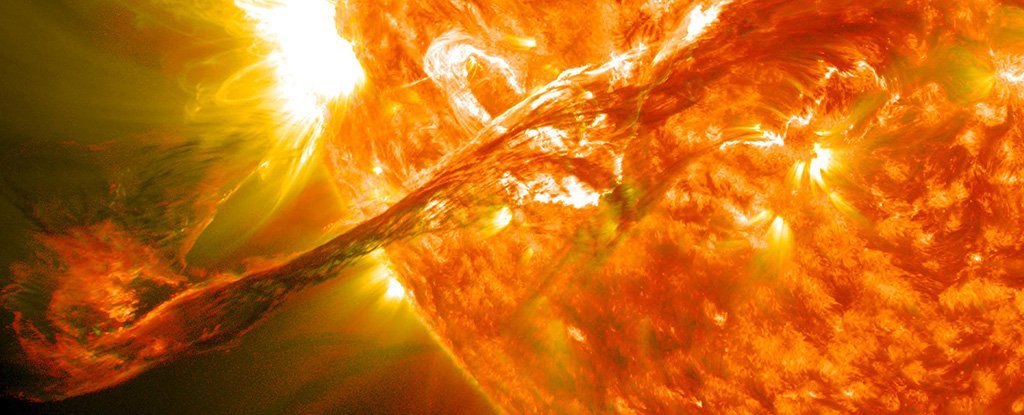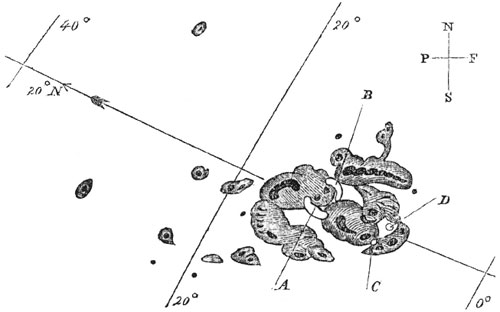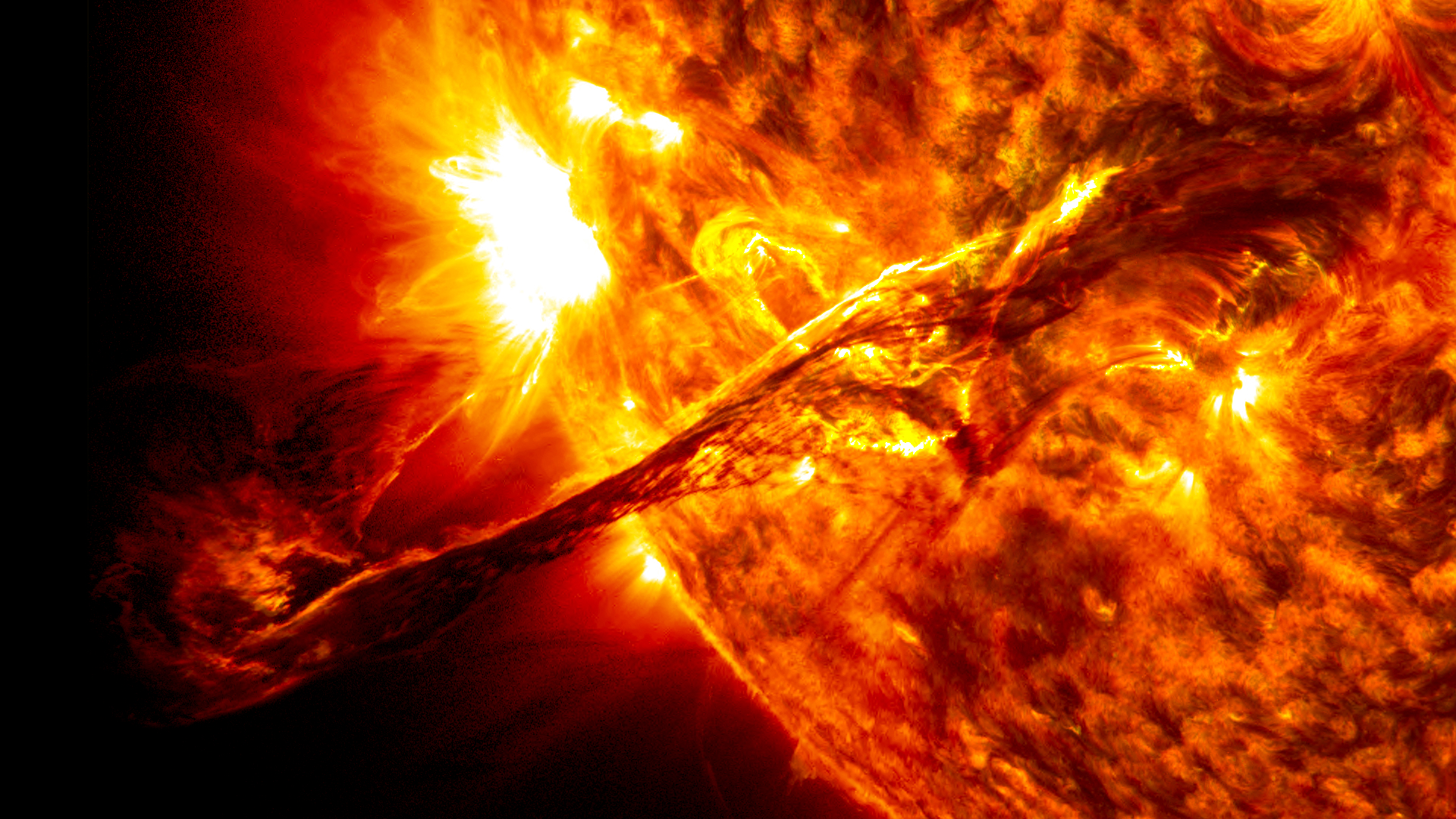- Sep 16, 2012
- 59,625
- 53,499
- 3,605
Green Guru: What Are Solar Flares and Do They Affect Birds?
CREDIT: NASA/SDO and the AIA Consortium A storm is raging on the sun’s surface. Last Sunday it erupted in the largest solar flare in seven years. Now particles that could have an impact on...








